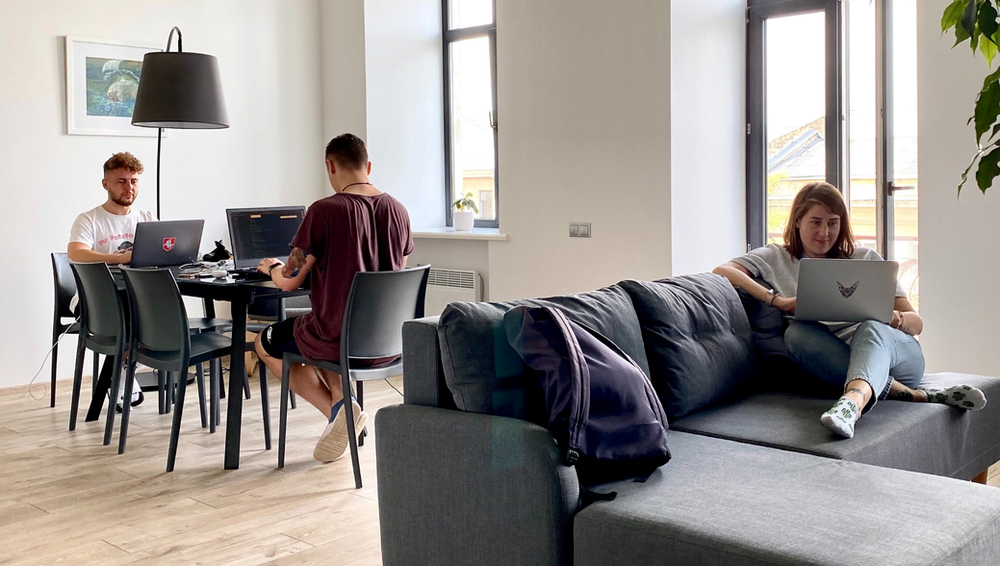Investing in co-living investment properties may sound out of the ordinary – what is co-living anyway? Over the last few years, people moved closer to cities to get easy access to jobs, schools, and business districts. This trend, plus a smaller number of multifamily dwellings makes rent higher in some markets to the point that even professionals who are in the higher salary bracket struggle to afford rent on 1 and 2-bedroom apartments.
While rents have increased over the past 20 years, salaries have remained somehow stagnant for most Australians.

Photo: Unsplash
Millennials, the main market of Australia’s multifamily tenant market, does not have enough income stream – and are more likely in debt, greatly affecting their ability to afford typical apartment rents.
In other cities where the overall cost of living has increased dramatically, workers in blue-collar and service professions—teachers, nurses, and public sector employees—are particularly vulnerable to rising rents and often forced to consider moving out of urban cores or into alternative housing models.
Reasons to invest in co-living investment properties
Co-living is an alternative solution to more affordable living.
Instead of townhouses and apartments, any resident who does not earn a substantial amount may consider co-living. This allows them to be within the city plus a living experience that brings the best of what a vibrant city offers: diversity, community, and access.
Co-living also offers affordable living for retirees and pensioners.
Residents occupy a bedroom with ensuite in a shared house environment under a shared tenancies lease.
Each room, with a full ensuite and wardrobe, is a secure private space for each resident to enjoy. Encouraging socialisation and easing feelings of loneliness, the kitchen, living, and dining area in the home is a shared space where residents can enjoy socialising with their housemates.
Coliving VS Multifamily Investment Properties
Co-Living offers personal space, community, and security to people who may have been in Multifamily situations.
Co-living developers are able to save more than half on cost per bed despite spending slightly more on construction.
The increased density of co-living properties typically increases the cost of construction compared to multifamily properties because the interior finish and mechanical, engineering, and plumbing (MEP) cost increase as well. However, despite this increased cost in construction, the enormous increase in the number of beds helps offset this cost.
The revenue that can be generated by the high number of beds outweighs the additional upfront cost of construction, enabling co-living investors to expect a higher gross income compared to the traditional multifamily design.
The owners are not the only winners, though; they are able to secure higher per-square-foot rents at the same time as co-living residents benefit from a decreased cost of living. A bed at a co-living community can cost as LITTLE as $300 per week, less for a property in suburban and regional situations.
Not only do residents save on rent, but co-living properties cover expenses such as utilities, WiFi, and furniture as well as comradery and support of the other occupants. Common estimates that residents save on average of over $450 per month compared to a studio apartment.
Currently, we offer both Coliving investment properties that are fully managed.
Please call or email to discover how we can help you become part of this new property investment trend. Reserve your spot as it’s a 1st come first serve due to land availability.

Gil Elliott is the Managing Director and Founder of Positive Income Properties. Gil has a rich background in business consulting and property investment. All of these he gained in his nearly four decades of experience in the real estate and marketing industries.











